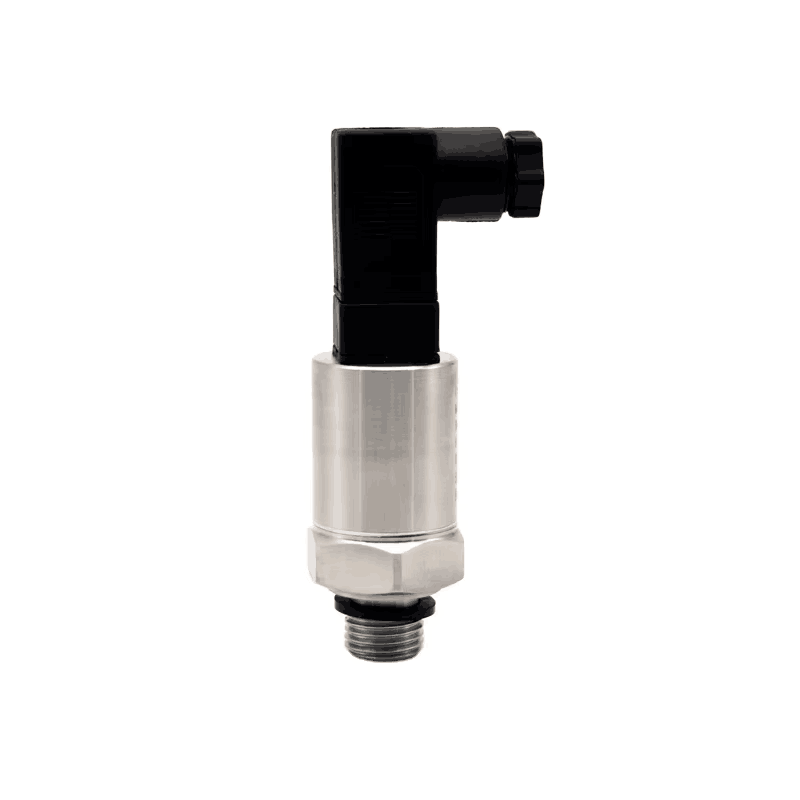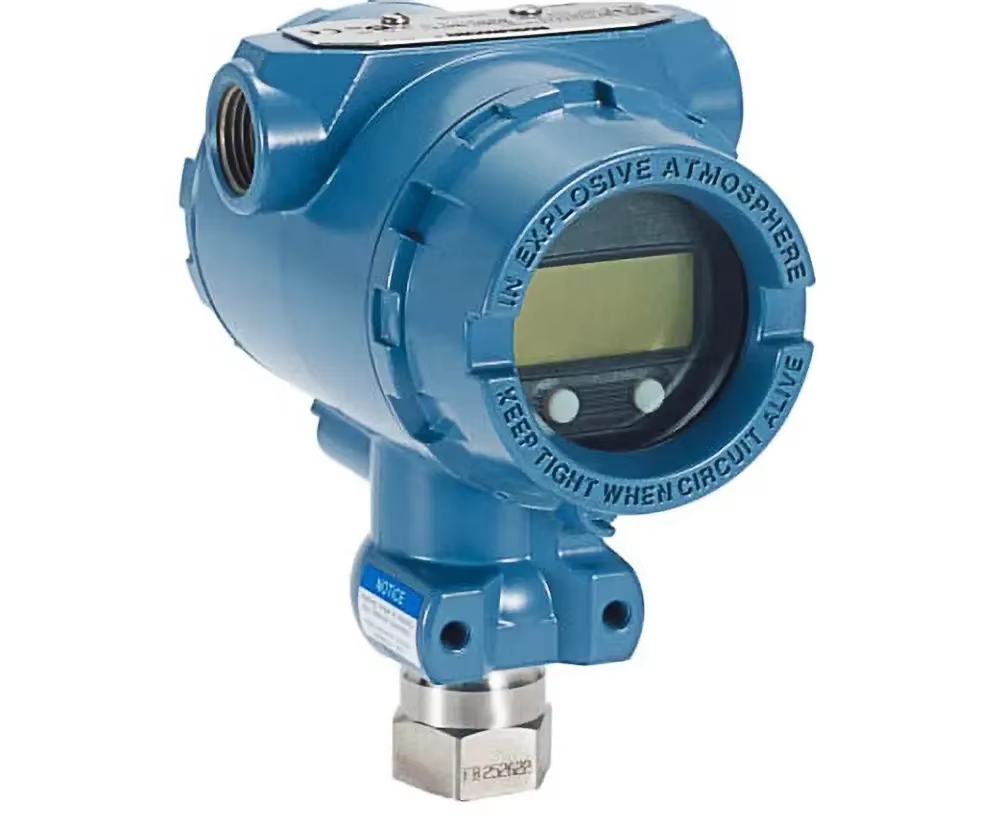Pressure transmitter is a device that converts pressure signals into electrical signals, which is widely used in industrial automation, process control, energy management and other fields.However, in the process of use, the pressure transmitter may have a variety of faults, affecting its normal work.
First, the working principle of the pressure transmitter
Pressure transmitters work by converting pressure signals into electrical signals.Its core component is the pressure sensor, which is usually a strain, capacitive or piezoelectric sensor.When pressure is applied to the sensor, the resistance, capacitance or voltage of the sensor changes, and these changes are converted into a standardized electrical signal output through a circuit.

Second, the common faults of the pressure transmitter
1. No output or unstable output
Fault causes:
(1) power supply problems: unstable power supply voltage or poor contact with the power cord.
(2) sensor damage: sensor aging, damage or improper installation.
(3) Circuit failure: circuit board damage, component aging or poor welding.
(4) Signal interference: electromagnetic interference, poor grounding or poor contact with the signal line.
Treatment:
(1) Check whether the power supply voltage is stable, whether the power cord is in good contact.
(2) Check whether the sensor is damaged, if so, need to be replaced.
(3) Check whether the circuit board is damaged, if damaged, need to be replaced or repaired.
(4) Check whether the signal line is in good contact, whether the grounding is stable, if there is interference need to take measures to eliminate.
2. Output value deviation
Failure causes:
(1) sensor zero drift: ambient temperature changes, sensor aging and other reasons lead to zero drift.
(2) Wrong range setting: the range setting does not meet the actual use requirements.
(3) Inaccurate calibration: there are errors in the calibration process.
(4) Improper installation: the sensor is installed in the wrong position, angle or fastening method.
Treatment:
(1) Recalibrate the sensor zero point and replace the sensor if necessary.
(2) Check whether the range setting is correct, if not, need to reset.
(3) Re-calibrate to ensure that the calibration is accurate.
(4) Check whether the sensor installation meets the requirements, if not, need to be re-installed.
3. Pressure transmitter damage
Fault causes:
(1) Overload: Pressure exceeds the maximum measuring range of the transmitter.
(2) Shock: the pressure transmitter is subject to severe shock or vibration.
(3) Corrosion: the medium is corrosive, resulting in damage to the sensor or circuit board.
(4) High temperature: the ambient temperature exceeds the operating temperature range of the transmitter.
Treatment:
(1) Avoid pressure exceeding the maximum measuring range of the transmitter, if necessary, replace the applicable transmitter.
(2) Avoid the pressure transmitter to be subjected to severe shock or vibration, if necessary, can take shock absorption measures.
(3) Select a corrosion-resistant transmitter or take anti-corrosion measures.
(4) Ensure that the ambient temperature is within the operating temperature range of the transmitter.
4. Abnormal display
Fault causes:
(1) display damage: display aging, damage or poor contact.
(2) Power supply problems: unstable power supply voltage or poor contact with the power cord.
(3) Circuit failure: circuit board damage, aging components or poor welding.
(4) Signal interference: electromagnetic interference, poor grounding or poor contact with the signal line.
Treatment:
(1) Check whether the display is damaged, if so, need to be replaced.
(2) Check whether the power supply voltage is stable, whether the power cord is in good contact.
(3) Check whether the circuit board is damaged, if any damage needs to be replaced or repaired.
(4) Check whether the signal line is in good contact, whether the grounding is stable, if there is interference need to take measures to eliminate.
5. Communication Failure
Fault causes:
(1) Damaged communication cable: Poor contact or broken communication cable.
(2) Communication protocol mismatch: the communication protocol between the transmitter and the receiving device is not consistent.
(3) Power supply problem: unstable power supply voltage or poor contact of power cord.
(4) Circuit failure: circuit board damage, aging components or poor welding.
Treatment:
(1) Check whether the communication line is damaged, if so, replace it.
(2) Make sure the communication protocol between the transmitter and the receiving device is consistent.
(3) Check whether the power supply voltage is stable and whether the power cord has good contact.
(4) Check whether the circuit board is damaged, if so it needs to be replaced or repaired.
Third, the maintenance and repair of the pressure transmitter
1. Regularly check the power supply voltage and wiring to ensure that the power supply is stable and reliable.
2. Regularly check the sensors and circuit boards, and replace them in time when they are found to be damaged or aging.
3. Perform calibration regularly to ensure accurate measurement.
4. Avoid subjecting the pressure transmitter to severe shock, vibration or corrosion.
5. Ensure that the ambient temperature is within the operating temperature range of the transmitter.
6. Clean the pressure transmitter regularly to avoid dust and dirt affecting its performance.

Fourth, the selection and application of pressure transmitter
1. According to the nature and characteristics of the measurement medium, select the appropriate type of pressure transmitter.
2. According to the measurement range and accuracy requirements, select the appropriate range and resolution.

